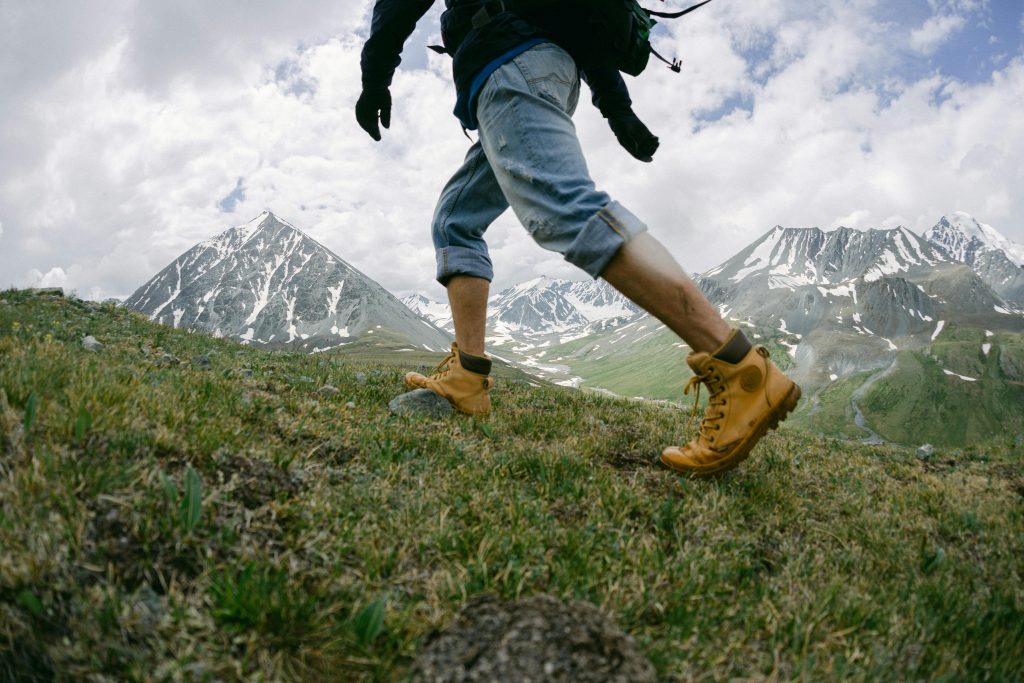5 Reasons to Conquer Paiju Peak, which rises to 6,610 meters (21,686 feet), is one of the jewels of Pakistan’s Karakoram range. This imposing mountain offers adventurers a thrilling combination of technical climbing, breathtaking scenery, and a rich cultural experience. Here are five compelling reasons why climbing Paiju Peak should be your next mountaineering goal.
Diverse and Challenging Climbing Routes
Paiju Peak offers several routes that challenge both novice and experienced climbers, offering technical diversity and adventure at every turn.North RidgeKnown for its mixed climbing conditions, this route requires advanced technical skills. It combines icy slopes and steep rock faces, creating the perfect challenge for experienced climbers.West FaceThis route is less traveled but just as exciting. With intricate icefalls and rugged rocky terrain, it requires meticulous planning and expertise.Southwest RidgeFor those looking for a mix of rock and ice climbing, Southwest Ridge offers an exciting route. Its dramatic vertical drop and panoramic views make it a favorite among experienced climbers.
Top Tips for a Successful Ascent

- Acclimatize Properly: Spend time at base camp to adjust to the altitude.
- Monitor Weather: Karakoram weather is unpredictable; plan climbs carefully.
- Stay Hydrated: Dehydration can severely impact performance at high altitudes.
- Respect Local Customs: Engage respectfully with the local community to ensure a harmonious experience.
Mesmerizing Natural Beauty
Paiju Peak is a gateway to some of the most breathtaking scenery in the Karakoram region.Baltoro GlacierThe journey begins with a trek through the Baltoro Glacier, one of the largest outer polar regions. Its icy expanses and towering formations provide a surreal backdrop.Panoramic view of K2 and Broad PeakAt the highest altitude, climbers are rewarded with breathtaking views of nearby giants like K2 and Broad Peak, providing an unforgettable visual treat.These landscapes not only enhance the climbing experience, but also leave an indelible impression on the heart and mind.
Rich Historical Significance
Climbing Paiju Peak connects you to decades of mountaineering history, adding depth to your adventure.First ascent in 1976The peak was first climbed by a Japanese expedition, establishing its reputation as a difficult and rewarding climb.Notable ExpeditionsMaja Paiju has since witnessed numerous solo and group ascents, with each ascent bringing unique stories to its legacy.Exploring the trails allows climbers to be part of a tradition that celebrates both human resilience and the majesty of nature.
Cultural Immersion in Gilgit-Baltistan
Beyond the physical challenges, the Paiju Peak trek offers a unique opportunity to experience the rich culture of the Balti people.Warm hospitalityThe Balti community is renowned for its hospitality. Visitors can experience local traditions, sample authentic cuisine and learn about their mountain lifestyle.Explore the Hunza ValleyMany expeditions pass through the Hunza Valley, an area known for its natural beauty and cultural sites, including ancient forts and terraced fields.This cultural immersion enriches the climbing experience, making it more than just a physical activity.
Rigorous Preparation and Logistics
Climbing Paiju Peak requires careful planning, making it an excellent test of physical and mental endurance.Physical TrainingProper preparation is essential. Climbers must focus on strength training, endurance development, and high-altitude acclimatization to meet the challenges of the summit.Technical SkillsProficiency in rock and ice climbing, as well as crevasse navigation, is essential. Specialized equipment such as crampons, ropes, and pitons are MANDATORY.LogisticsFrom obtaining climbing permits to coordinating with local guides, organizing a successful expedition requires attention to detail.
Table of Contents
Case Study: 5 Reasons to Conquer Paiju Peak

In July 2023, a team of international climbers from Switzerland, Pakistan, and the United States undertook a challenging expedition to Paiju Peak via the North Ridge route. The team was led by renowned mountaineer Alex Huber and included climbers with extensive experience in the Karakoram Range.
Preparation and Strategy
The group spent six months meticulously planning their expedition, focusing on acclimatization schedules, technical gear, and route mapping. Local expertise played a critical role in their success, as they partnered with Pakistani guides who provided invaluable insights into weather patterns and terrain conditions.
Challenges Faced
During the ascent, the climbers encountered multiple challenges:
- Unpredictable Weather: Unexpected snowfall and strong winds delayed their summit push by three days.
- Technical Difficulties: Ice-covered rock faces and crevasses on the upper slopes demanded advanced climbing techniques.
- Altitude Sickness: Despite thorough acclimatization, one team member experienced mild altitude sickness and had to descend to base camp for recovery.
The Summit Success
On July 19, 2023, after 17 days on the mountain, the team reached the summit. Their climb not only showcased the technical difficulty of Paiju Peak but also highlighted the importance of teamwork and resilience.
Key Takeaways
- Local Support is Vital: Collaborating with local guides and porters ensured a smoother journey.
- Preparation is Everything: Rigorous planning and pre-climb acclimatization were pivotal to overcoming challenges.
- Environmental Conservation: The team adhered to a “leave no trace” policy, ensuring the pristine condition of the peak for future climbers.
This case study serves as an inspiring testament to the rewards of conquering Paiju Peak and underscores the importance of preparation and teamwork in high-altitude mountaineering.


